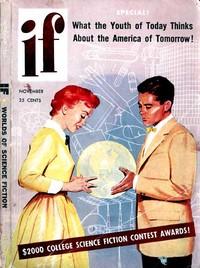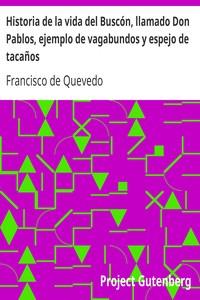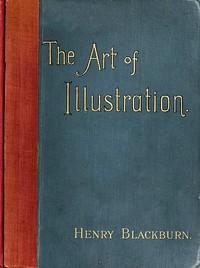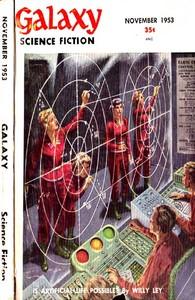Read this ebook for free! No credit card needed, absolutely nothing to pay.
Words: 32757 in 12 pages
This is an ebook sharing website. You can read the uploaded ebooks for free here. No credit cards needed, nothing to pay. If you want to own a digital copy of the ebook, or want to read offline with your favorite ebook-reader, then you can choose to buy and download the ebook.
Education of the Illustrator--Line Drawing for Process--Sketching from Life--Examples of Line Drawing.
STUDENTS' DRAWINGS 223
INTRODUCTORY.
During the past few years so many processes have been put forward for producing drawings in relief, for printing with the type, that it has become a business in itself to test and understand them. The best known process is still wood engraving, at least it is the best for the fac-simile reproduction of drawings, as at present understood in England, whether they be drawn direct upon the wood or transmitted by photography. There is no process in relief which has the same certainty, which gives the same colour and brightness, and by which gradation of tone can be more truly rendered.
As to the relative value of the different photographic relief processes, that can only be decided by experts. Speaking generally, I may say that there are six or seven now in use, each of which is, I am informed, the best, and all of which are adapted for printing in the same manner as a wood-block. Improvements in these processes are being made so rapidly that what was best yesterday will not be the best to-morrow, and it is a subject which is still little understood.
A word may be useful here to explain that the coloured "photogravures," reproducing the washes of colour in a painting or water-colour drawing, of which we see so many in Paris, are not coloured by hand in the ordinary way, but are produced complete, at one impression, from the printing-press. The colours are laid upon the plate, one by one, by the printer, by a system of stencilling; and thus an almost perfect fac-simile of a picture can be reproduced in pure colour, if the original is simple and broad in treatment.
FOOTNOTES:
One of the last and best examples of pure line-engraving was by M. Joubert, from a painting by E. J. Poynter, R.A., called "Atalanta's Race," exhibited in the Royal Academy, 1876. The engraving of this picture was nearly three years in M. Joubert's hands--a tardy process in these days.
ELEMENTARY ILLUSTRATION.
In illustrated newspapers, it was argued, "there should be a clearer distinction between fact and fiction, between news and pictures." The exact words may be thought worth repeating now.
At the time referred to, drawing on the wood-block and engraving were almost universal--instantaneous photography was in its infancy, "process blocks," that is to say, mechanical engraving, was very seldom employed, and American engraving and printing was considered the best.
It has often been suggested that the art of printing is, after all, but a questionable blessing on account of the error and the evil disseminated by it. Without going into that question, I think that we may find that the art of printing with movable type has led to some neglect of the art of expressing ourselves pictorially, and that the apparently inexorable necessity of running every word and thought into uniform lines, has cramped and limited our powers of expression, and of communicating ideas to each other.
Free books android app tbrJar TBR JAR Read Free books online gutenberg
More posts by @FreeBooks

: The Honored Prophet by Bentley William E Finlay Virgil Illustrator - Science fiction; Short stories


: Historia de la vida del Buscón llamado Don Pablos ejemplo de vagabundos y espejo de tacaños by Quevedo Francisco De - Picaresque literature Spanish; Spanish fiction Classical period 1500-1700 6 Best Loved Spanish Literary Classics







